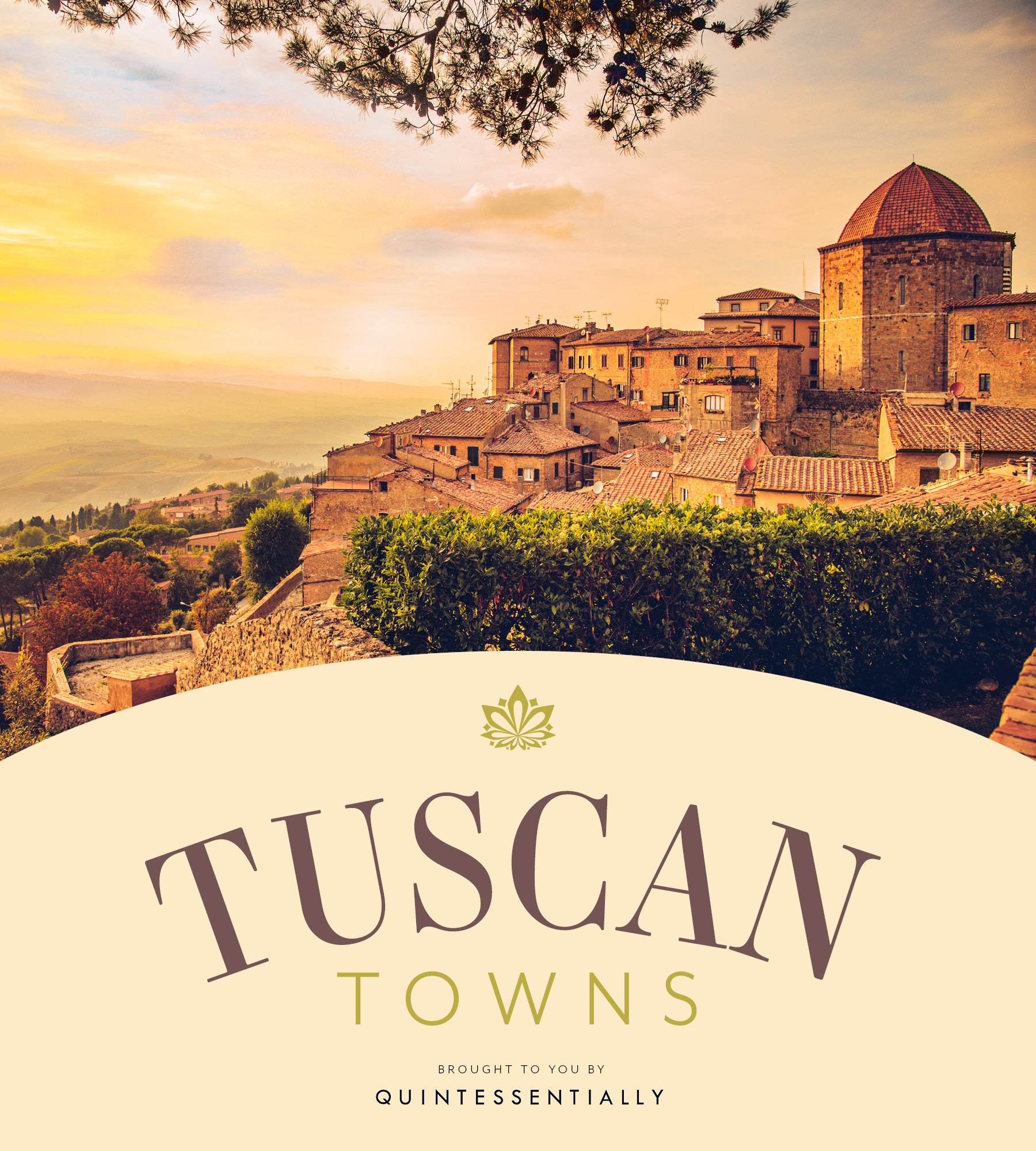Language
You can read the magazine in one of the following languages
Florence may be the first place most people visit in Tuscany, but there’s so much to do in this bucolic region’s smaller cities and hill towns. Many of them make easy day trips from Florence, or you could plan a road trip and hop around, stopping at wineries and exploring the countryside along the way. Fall is an especially appealing time to visit, thanks to the golden light that bathes the towns and countryside, as well as the many harvest festivals.
Be sure to try local specialties like a warm bowl of ribollita, a soup made with vegetables and day-old bread, Bistecca alla Fiorentina, steak made from Tuscan Chianina beef, and pici pasta, thick hand-rolled noodles. Ahead are five of the most charming small cities and hill towns worth visiting on your next trip to Tuscany.
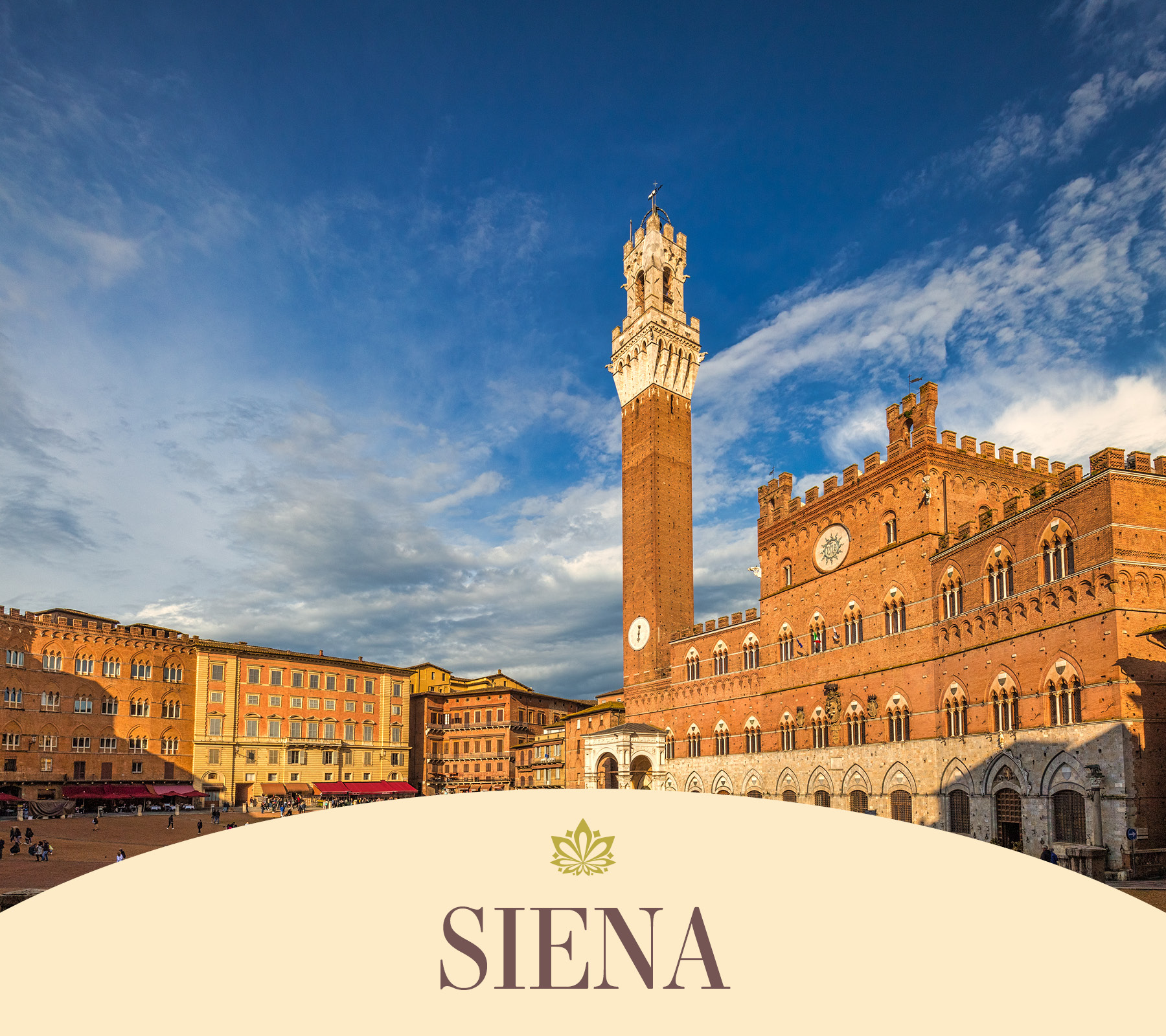
The medieval city of Siena has a centuries-long rivalry with Florence, but as a visitor, you needn’t take sides. The historic center is a UNESCO World Heritage site built around the Piazza del Campo, the main square where the Palio horse race occurs twice every summer. From there, you can admire the tall tower on the City Hall before strolling over to the Duomo, which is a stunning example of Gothic architecture with its green and white-striped marble facade.
Siena is just over an hour away from Florence, so you could visit as a day trip or make it a stop on a road trip heading south into the Val d’Orcia.
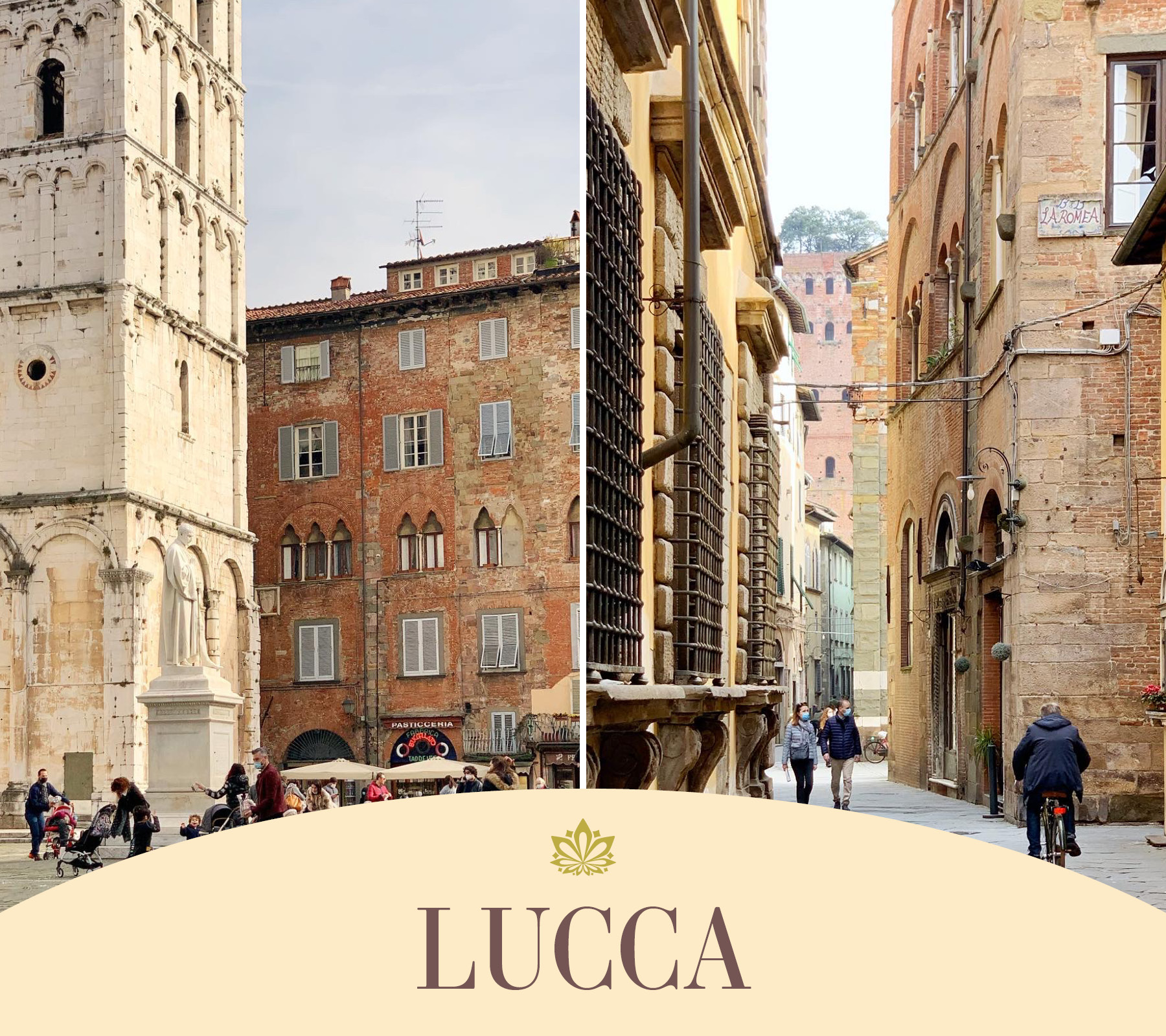
The charming little city of Lucca is about 90 minutes west of Florence in the Apuan Alps. It can be visited in a day, but it’s also a good place to spend a night before heading to the coast. The historic center is quite small, perfect for wandering the narrow lanes and popping into the little shops.
Everything revolves around the Piazza dell’Anfiteatro, an oval-shaped public square built over the ruins of a Roman amphitheater. In the streets branching out from it, you’ll find plenty of shops, cafés, restaurants and bars, as well as a few curious-looking medieval towers with trees growing on top. Stop by Pasticceria Pinelli to try the torta coi becchi, a pie made with herbs and Swiss chard that you can only find here.
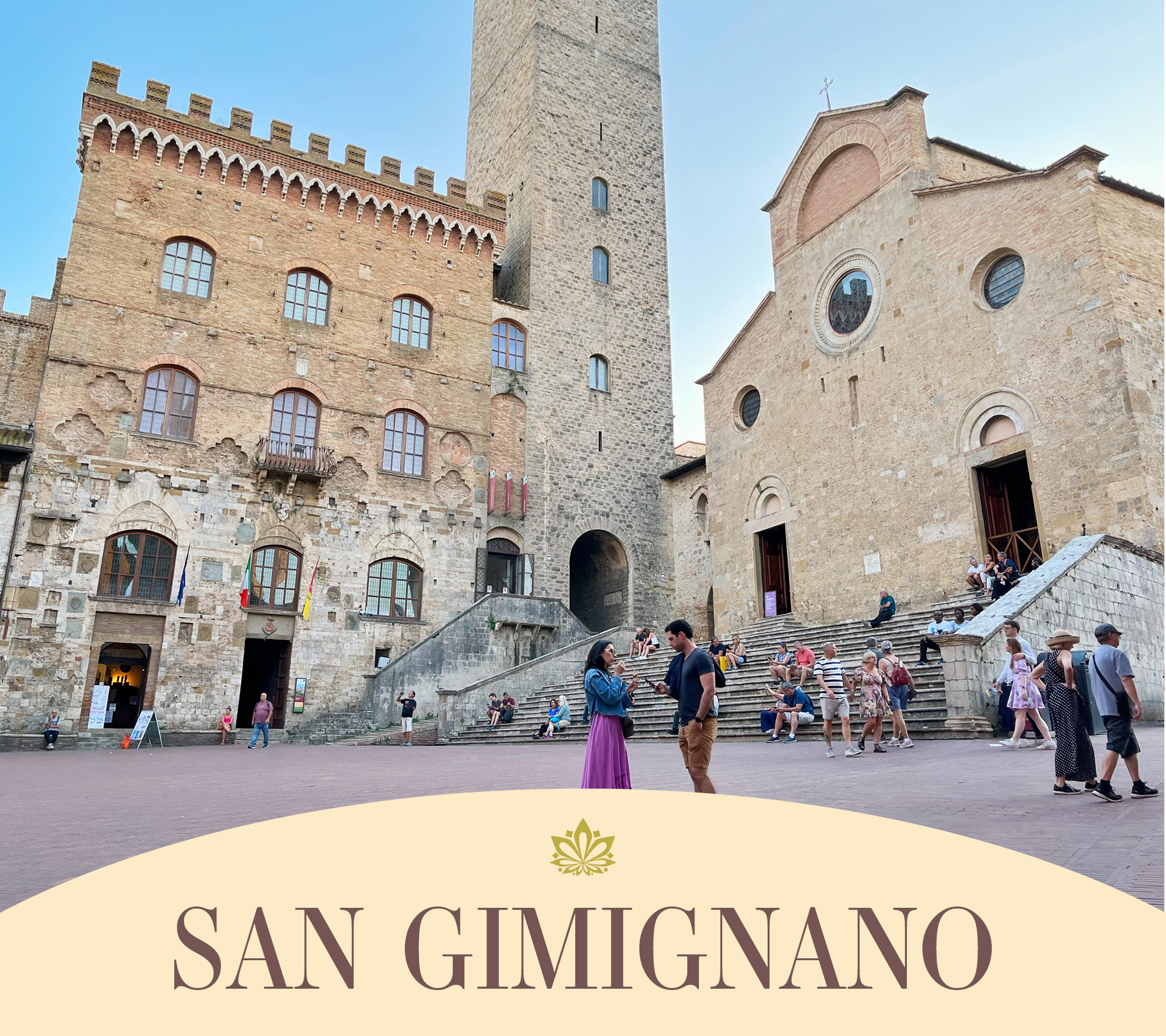
This picturesque town is famous for its skyline studded with medieval towers. Of the 72 towers built during the Middle Ages, 14 still stand. If you want to take in panoramic vistas, you can climb the tower at the City Hall, the tallest in town.
San Gimignano is a popular destination for day-trippers, so if you want to escape the crowds, staying nearby and enjoying an evening stroll when the town quiets down is a good idea. Whatever you do, be sure to try the local white wine, Vernaccia di San Gimignano.
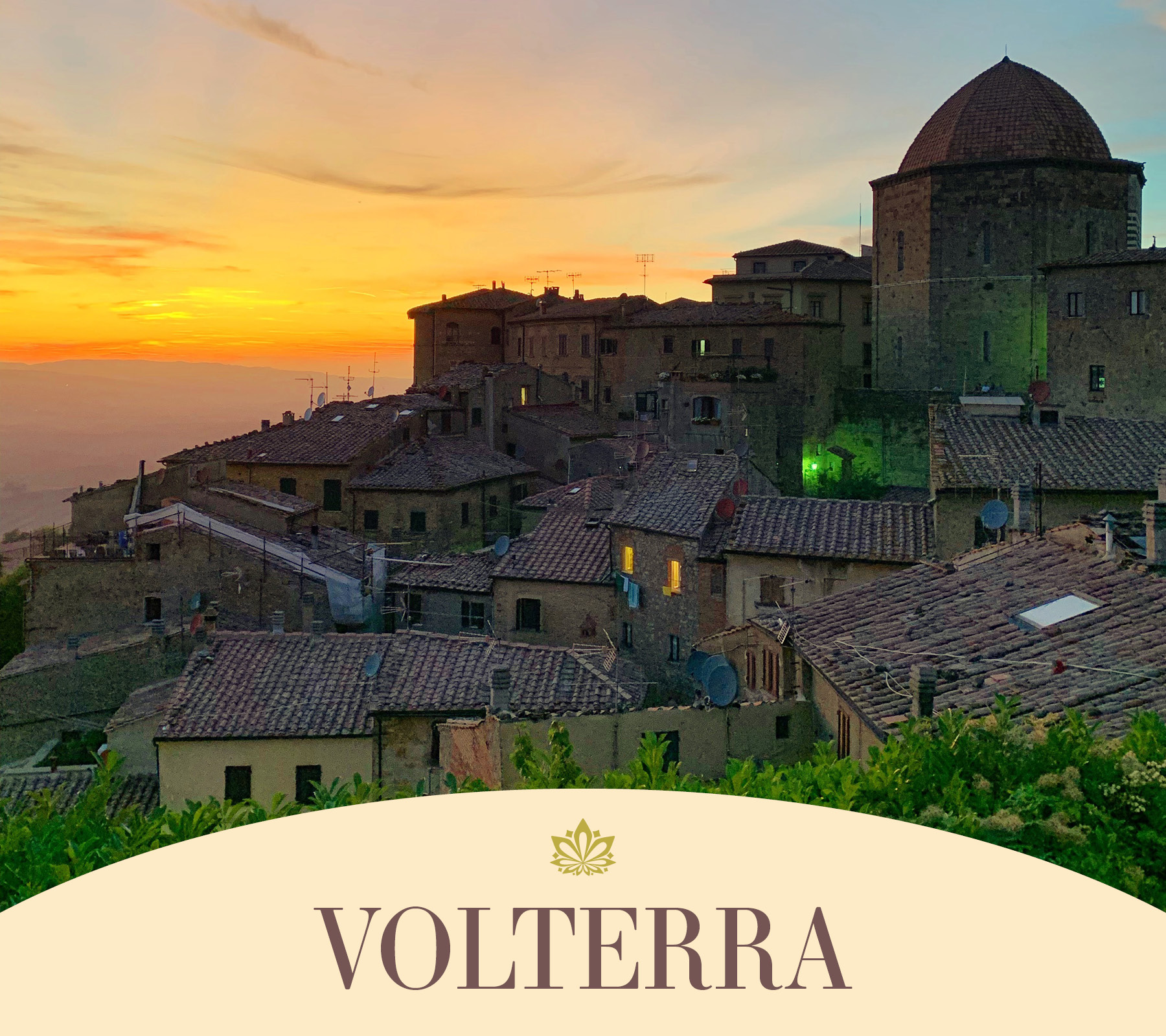
About 40 minutes from San Gimignano is this little hill town in the Tuscan hills known for alabaster. Wandering through the city, you’ll pass by artisan studios and shops selling items made with the luminous stone.
There’s even a museum dedicated to alabaster and its history in the 13th-century Minucci Towers. In addition to the usual medieval Tuscan architecture, you can see the remains of a Roman theater and an Etruscan acropolis here. If you want to stay nearby, you can book a room at Toscana Resort Castelfalfi, which was recently renovated.
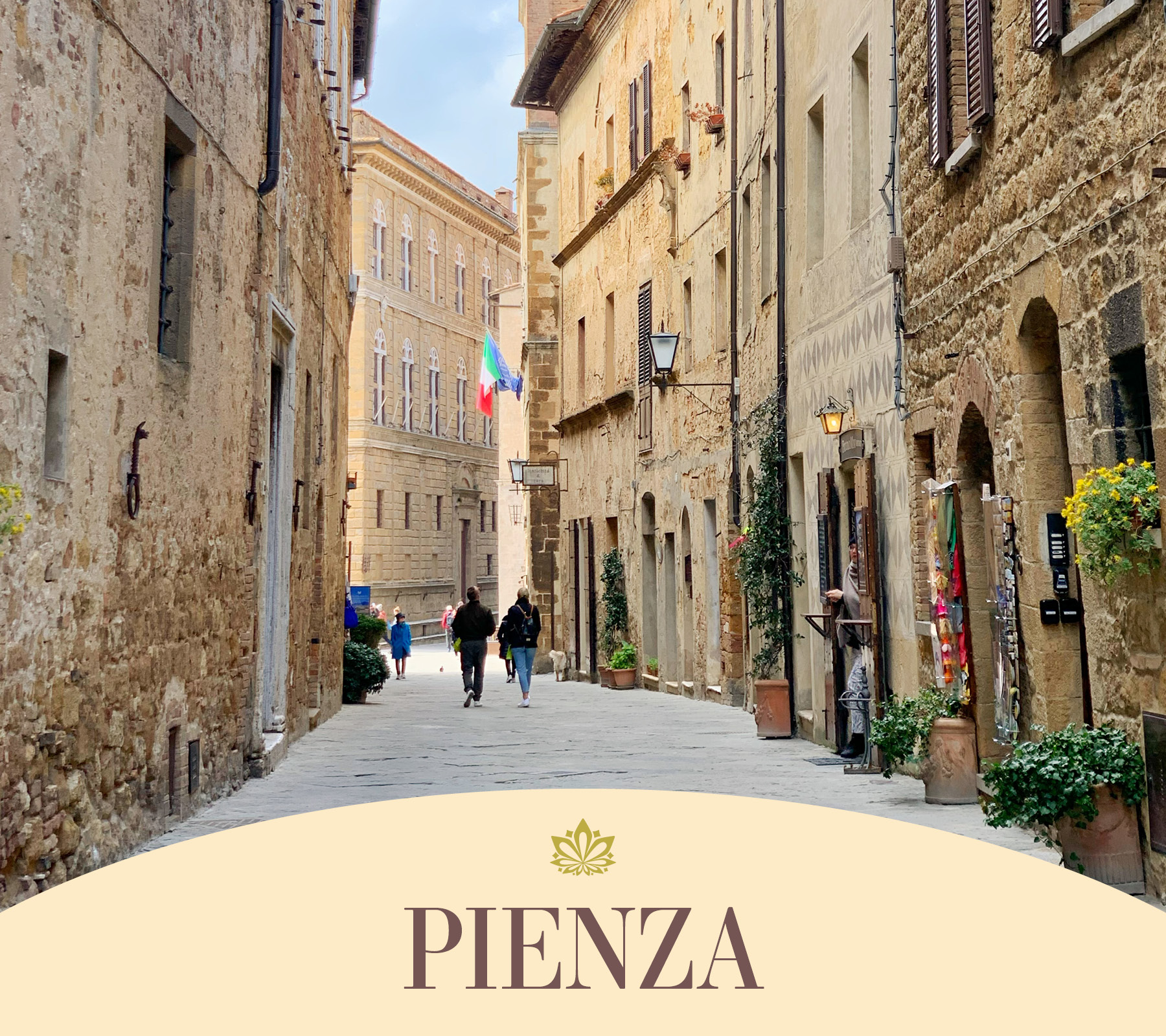
Designed as the ideal Renaissance city, Pienza is perched atop a hill in the picturesque Val d’Orcia. The historic center is characterized by old stone buildings and piazzas where locals gather to socialize.
It’s worth visiting the historic Palazzo Piccolomini to see the hanging gardens, then have lunch at Trattoria La Buca delle Fate. But you’d be remiss to skip the pastoral pleasures surrounding the town, which is known for the production of pecorino di Pienza, a delicious sheep’s milk cheese. You can try some while learning how to make pici pasta during a cooking class at Podere il Casale in the countryside. Stay at Borgo San Vincenzo, a new hotel in the historic village of Montepulciano, and you can borrow bikes to cycle to the wineries nearby.
